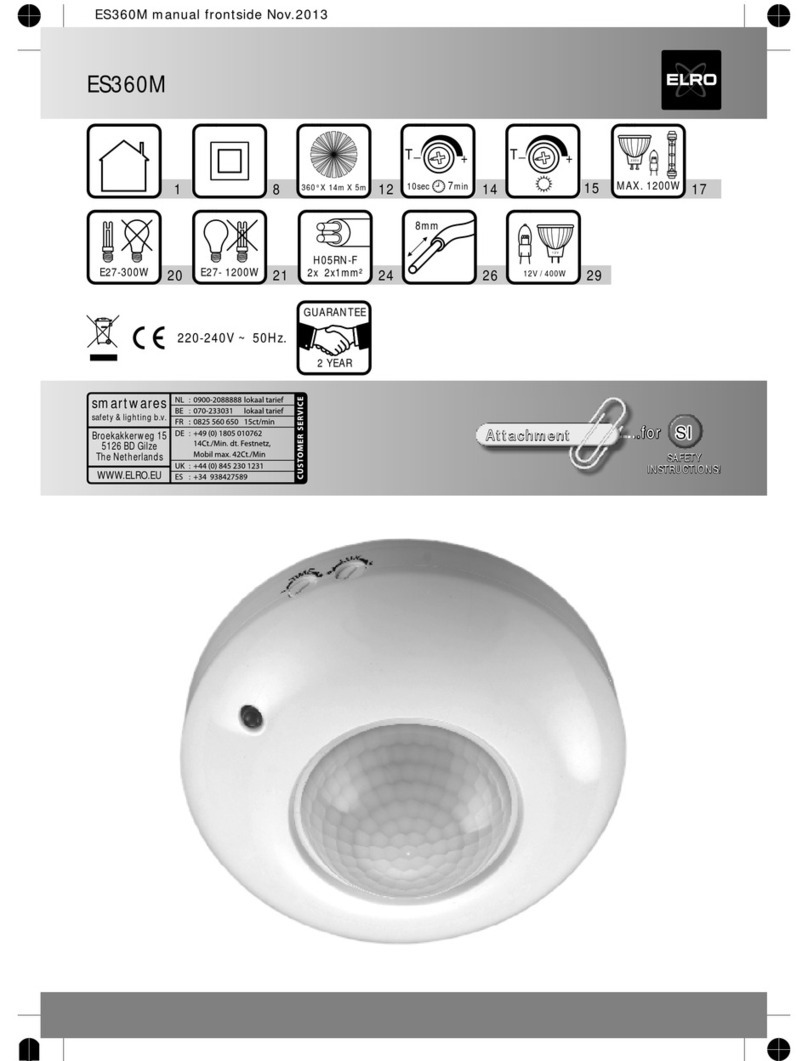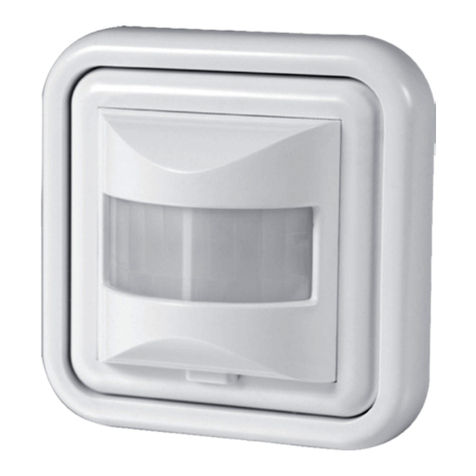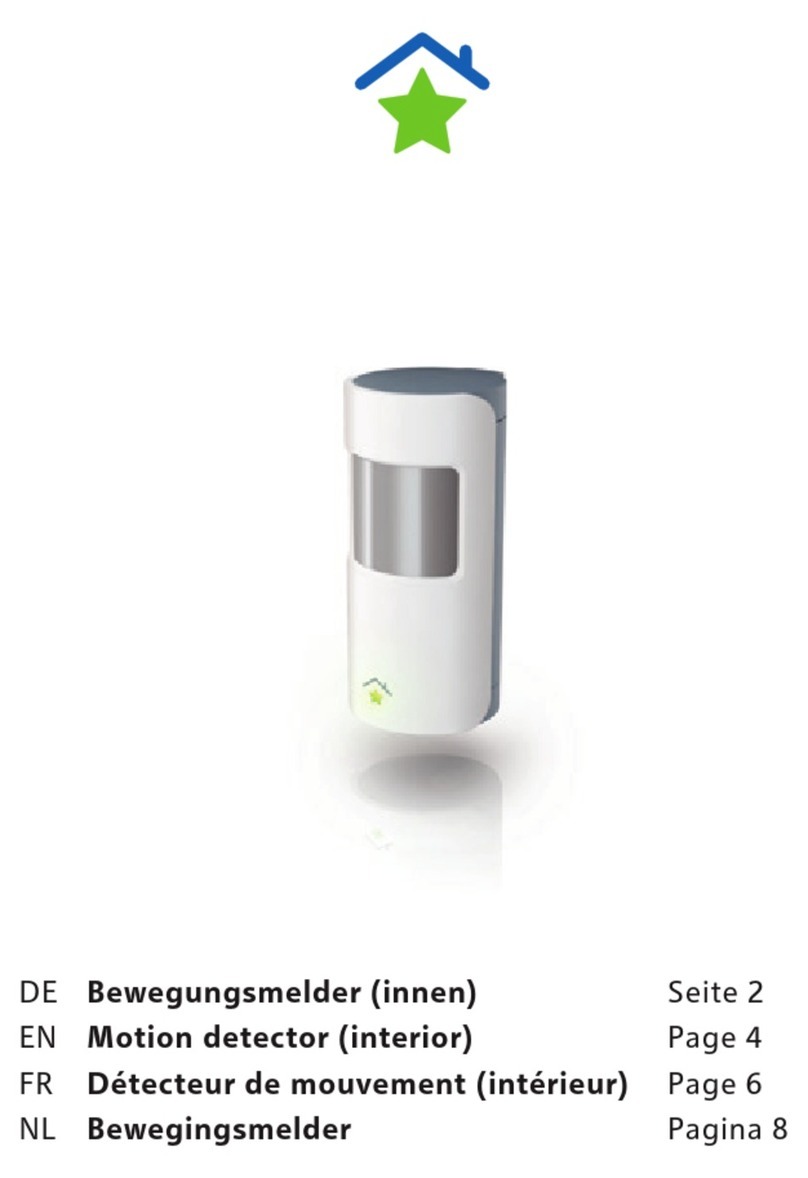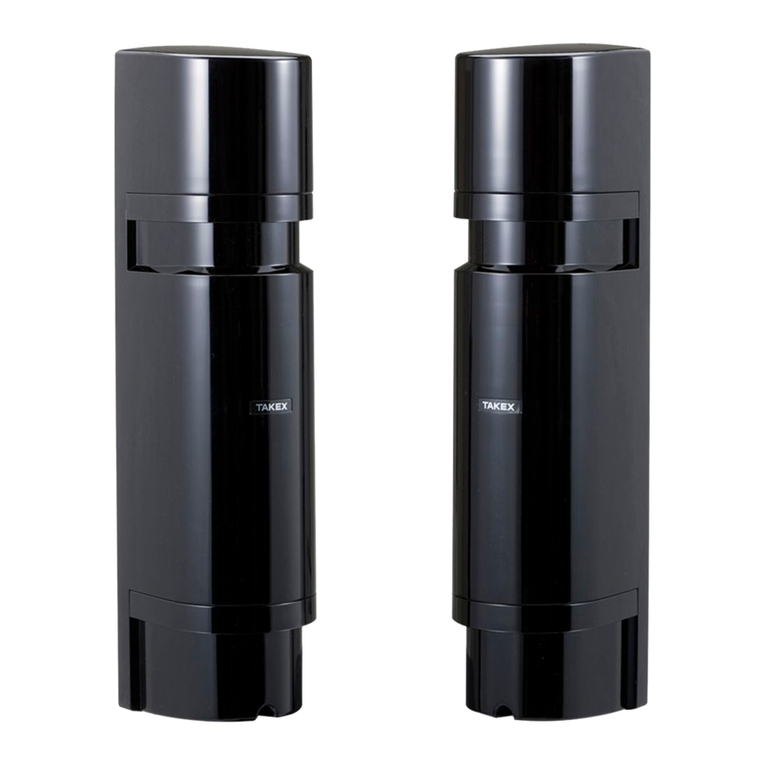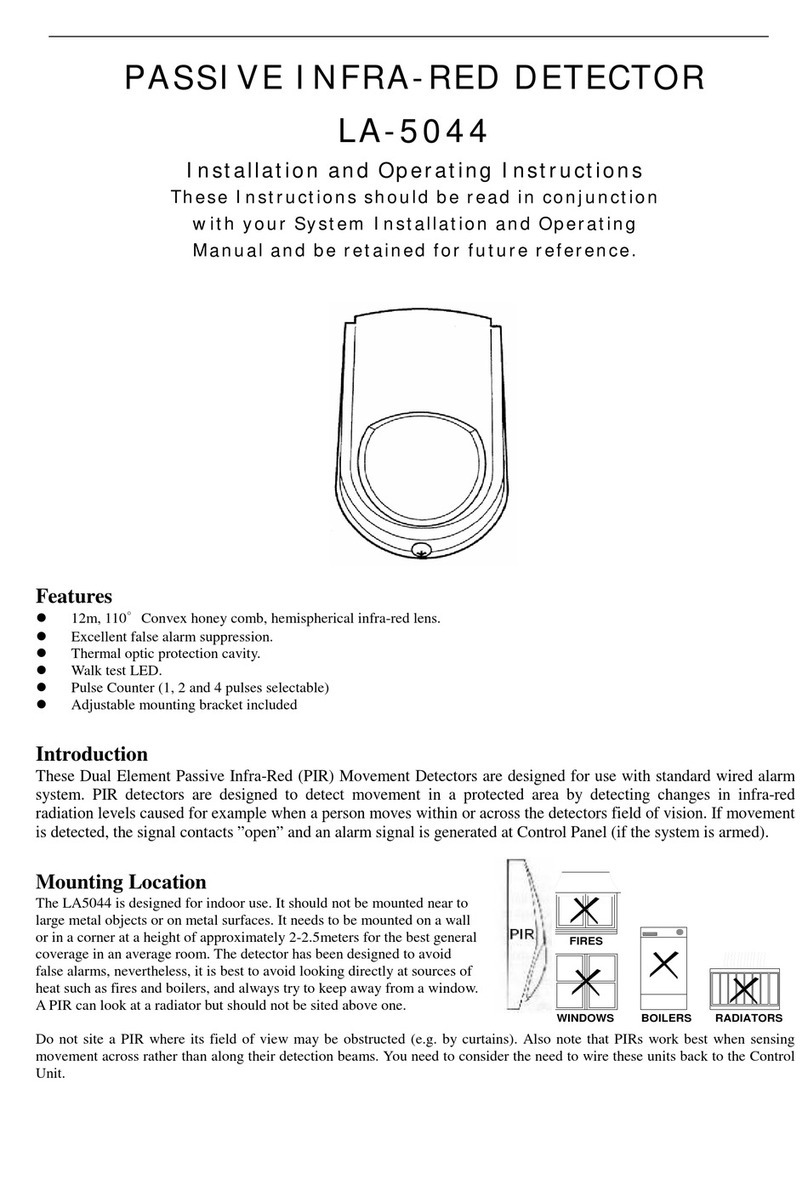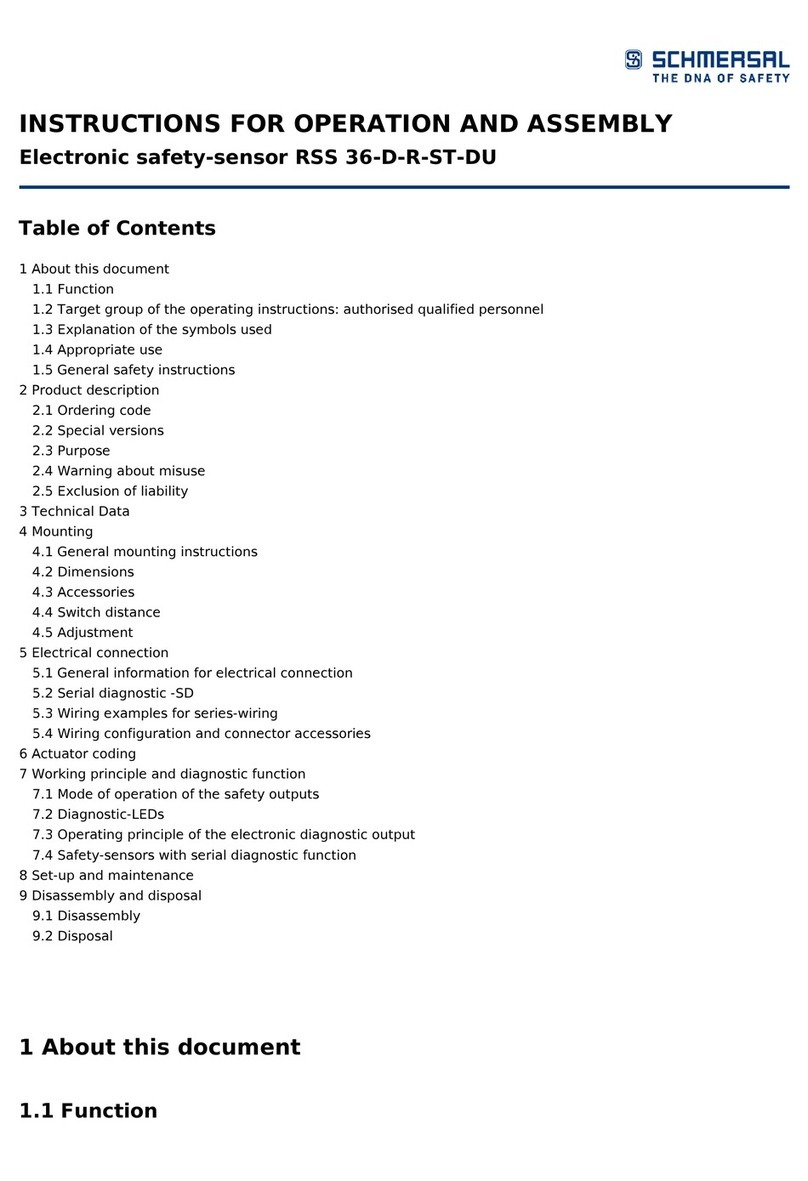PCE Health and Fitness PCE-186 CB User manual

















Table of contents
Other PCE Health and Fitness Security Sensor manuals
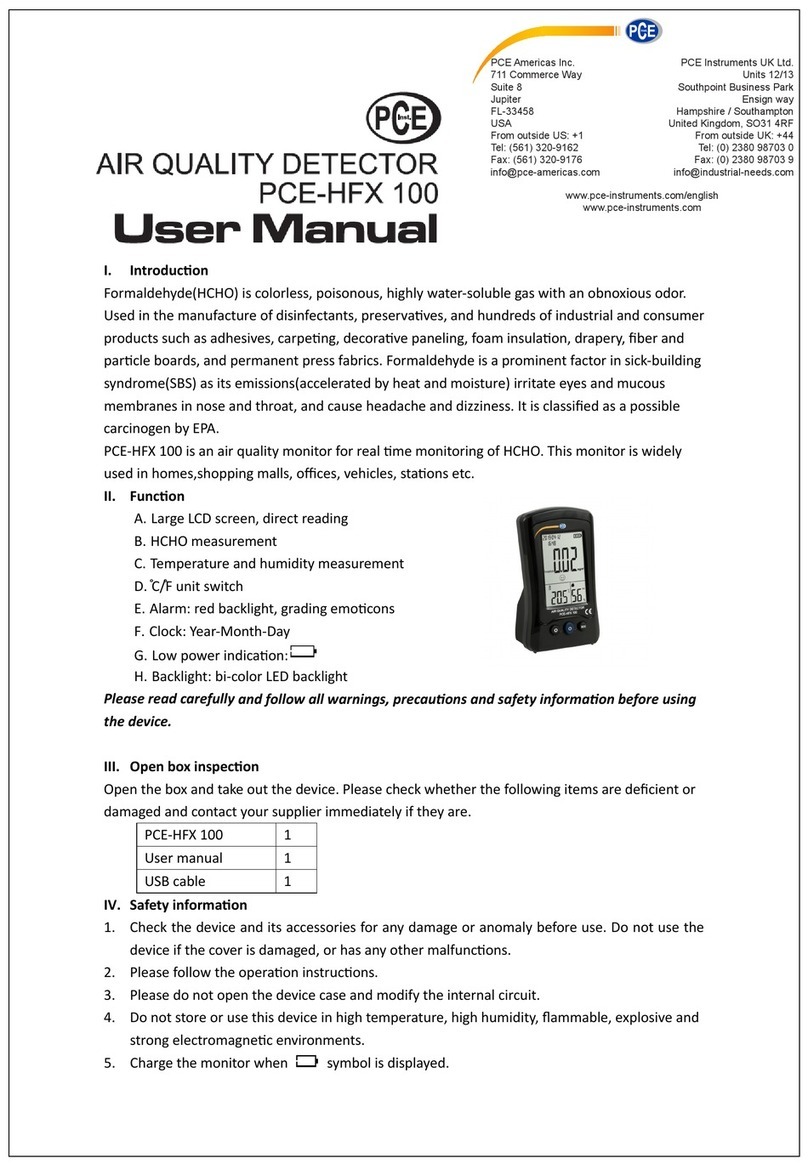
PCE Health and Fitness
PCE Health and Fitness PCE-HFX 100 User manual
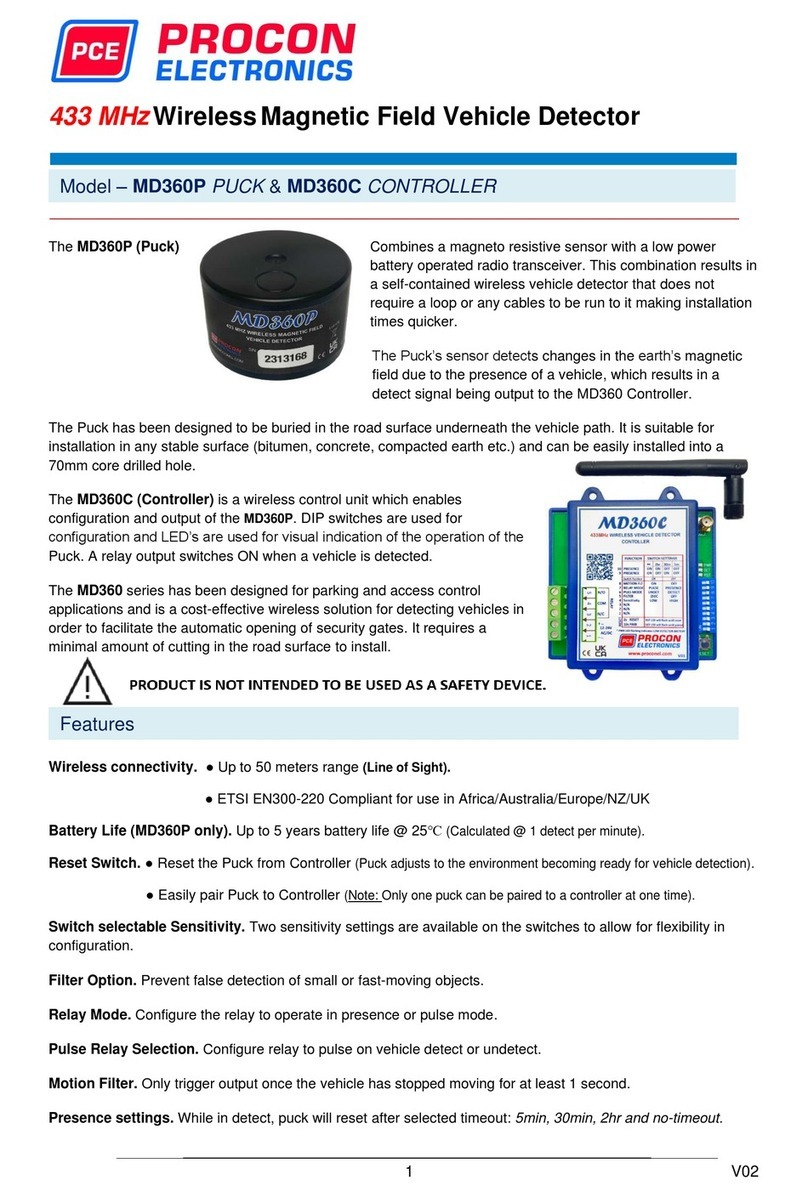
PCE Health and Fitness
PCE Health and Fitness MD360P PUCK User manual
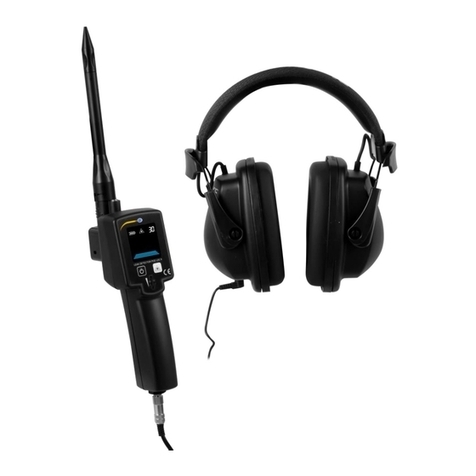
PCE Health and Fitness
PCE Health and Fitness PCE-LDC 8 User manual
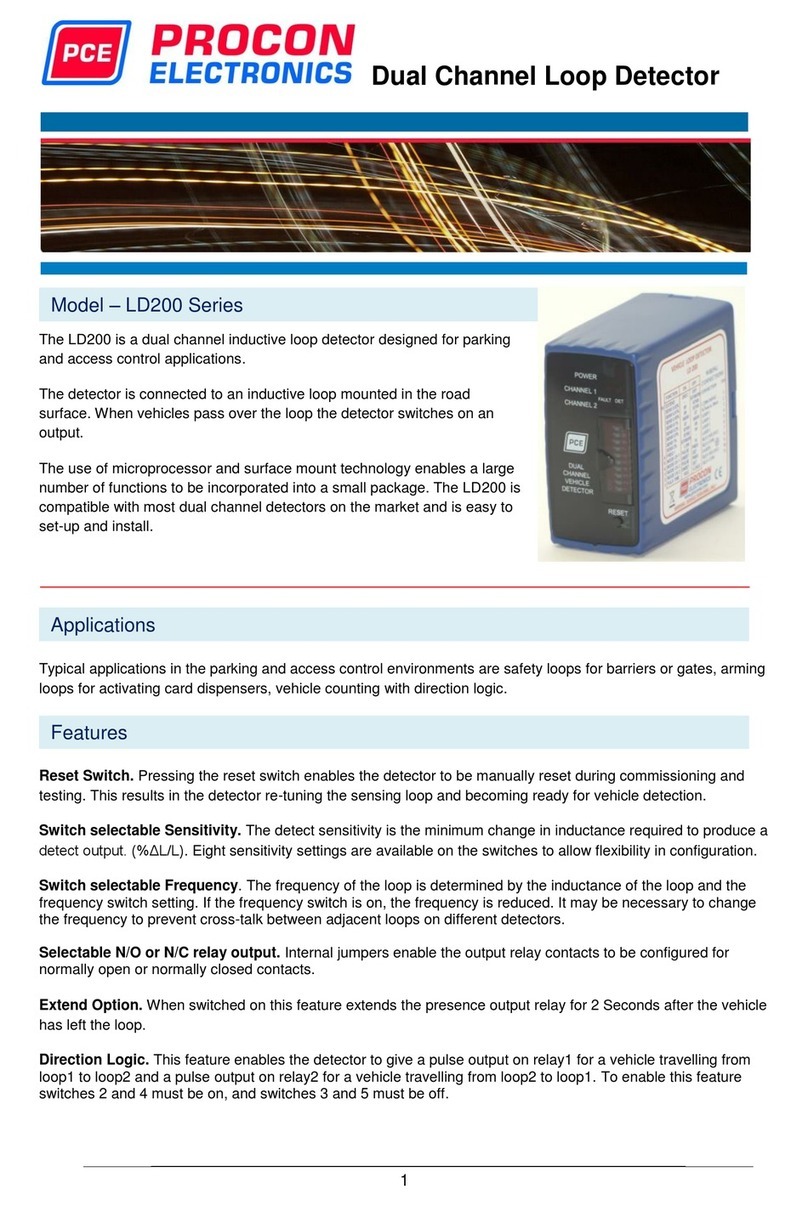
PCE Health and Fitness
PCE Health and Fitness LD200 Series User manual

PCE Health and Fitness
PCE Health and Fitness LD120 User manual

PCE Health and Fitness
PCE Health and Fitness LD213 Series User manual
Popular Security Sensor manuals by other brands
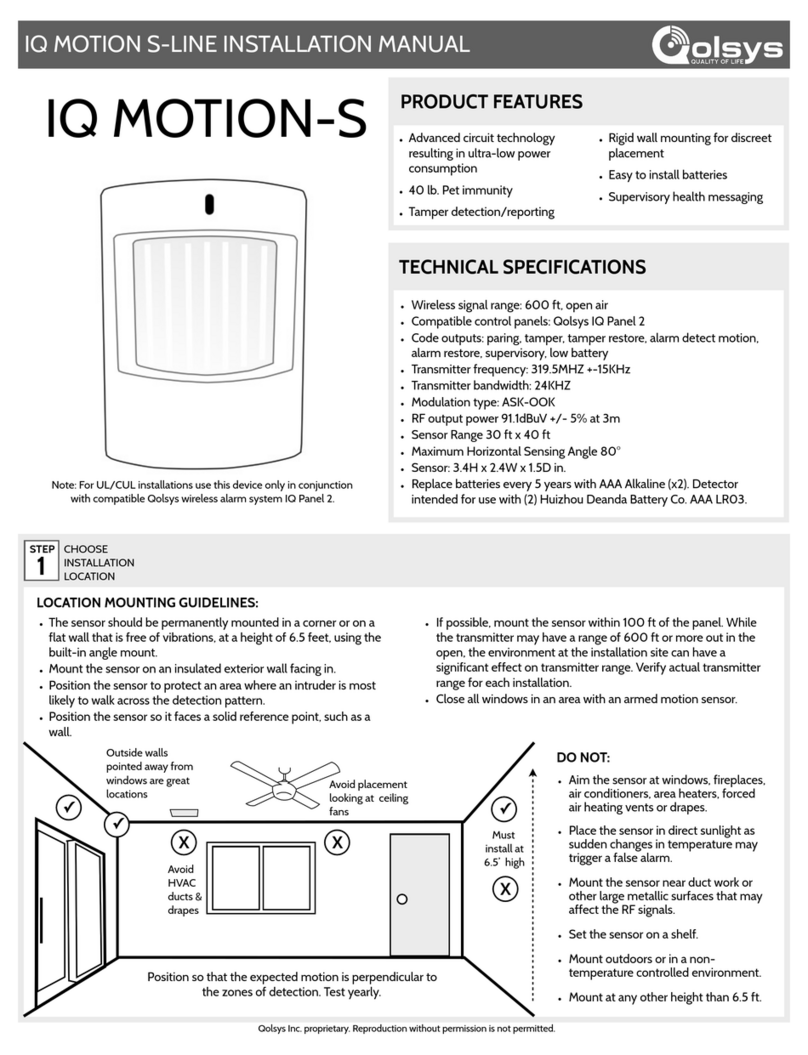
QOLSYS
QOLSYS QS1230-840 installation manual
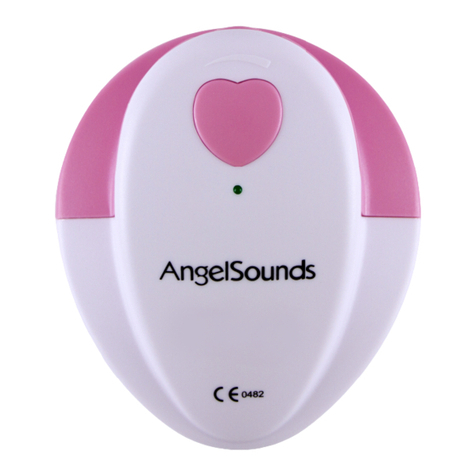
AngelSounds
AngelSounds JPD-100S manual
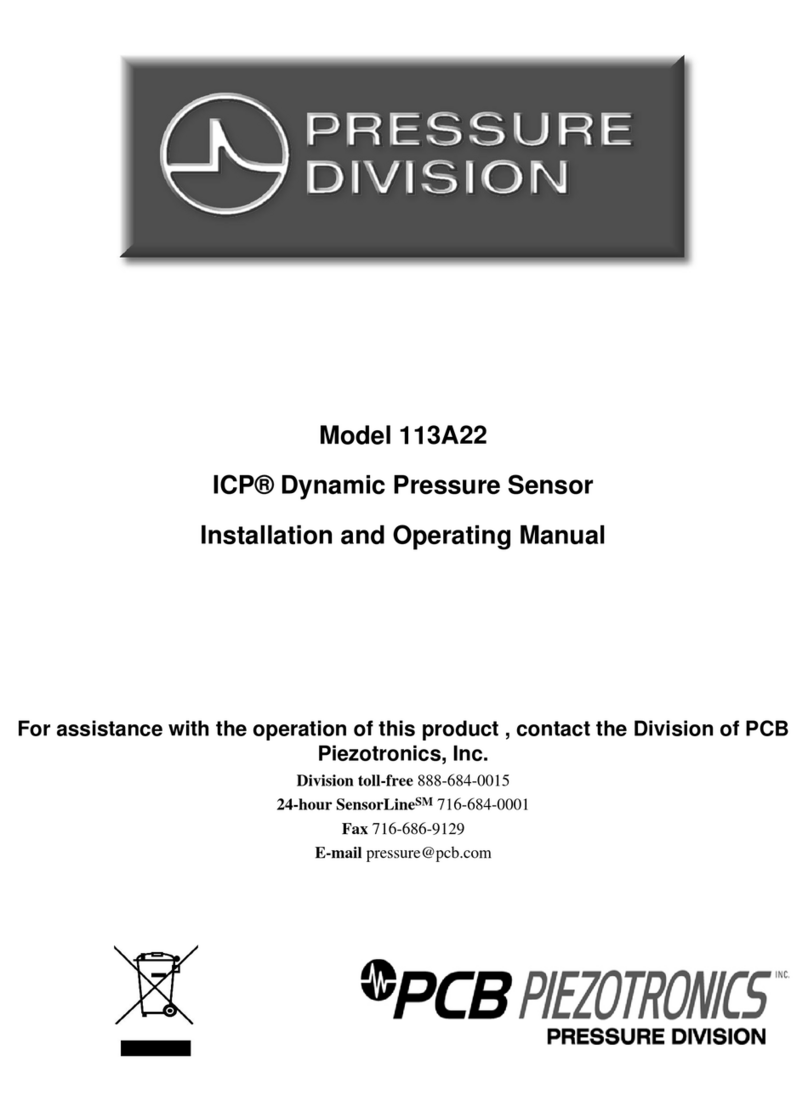
PCB Piezotronics
PCB Piezotronics ICP 113A22 Installation and operating manual
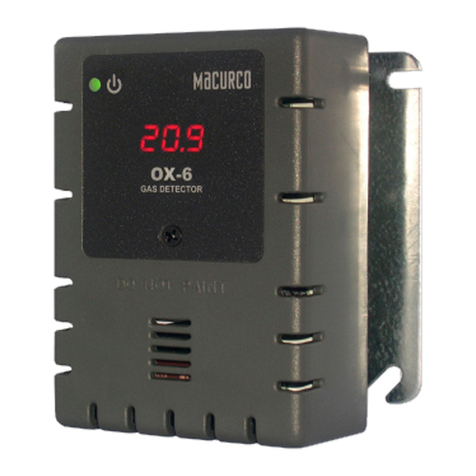
Macurco
Macurco OX-6 User instructions

Crowcon
Crowcon Cirrus C01625 Installation, operation and maintanance
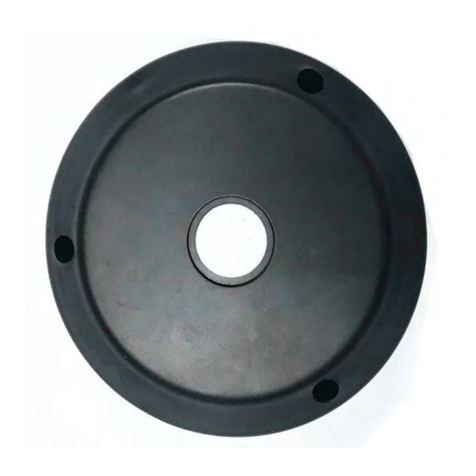
Dingtek
Dingtek DF702 operating instructions
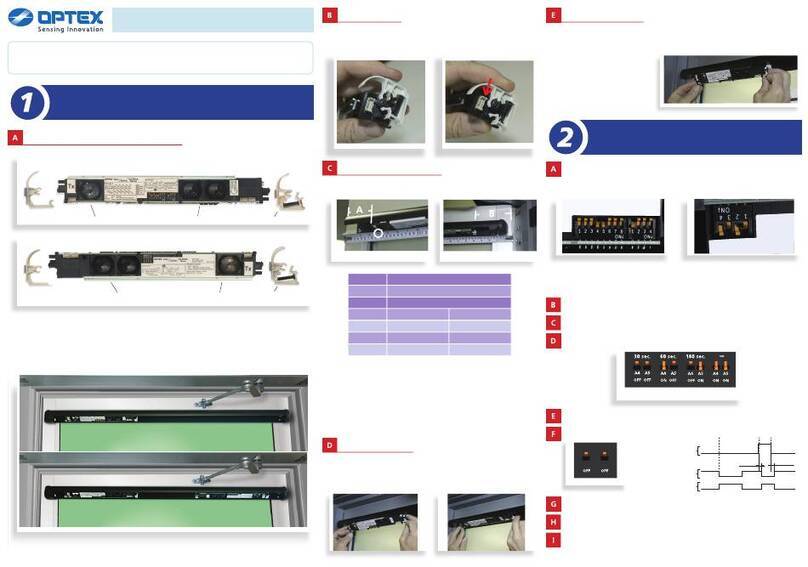
Optex
Optex OA-EDGE T Quick reference guide
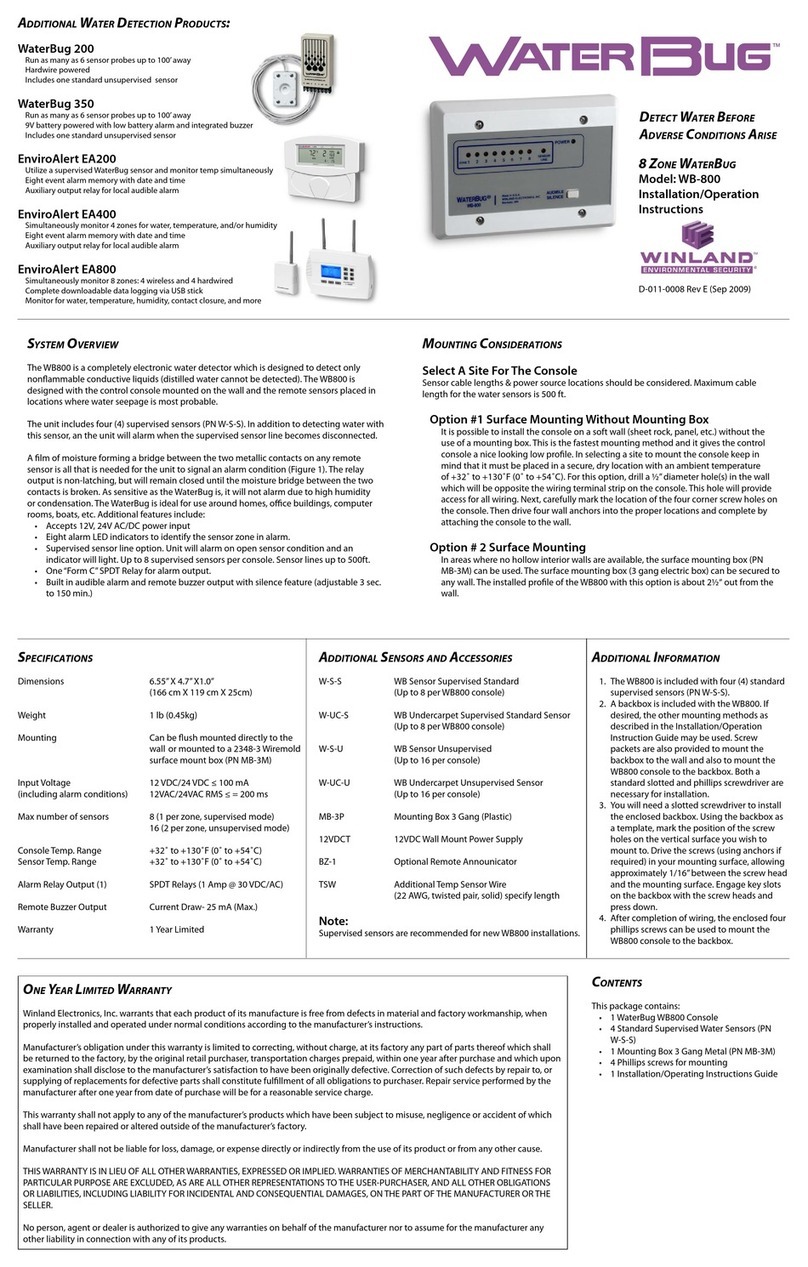
Winland
Winland WaterBug WB-800 Installation & operation instructions
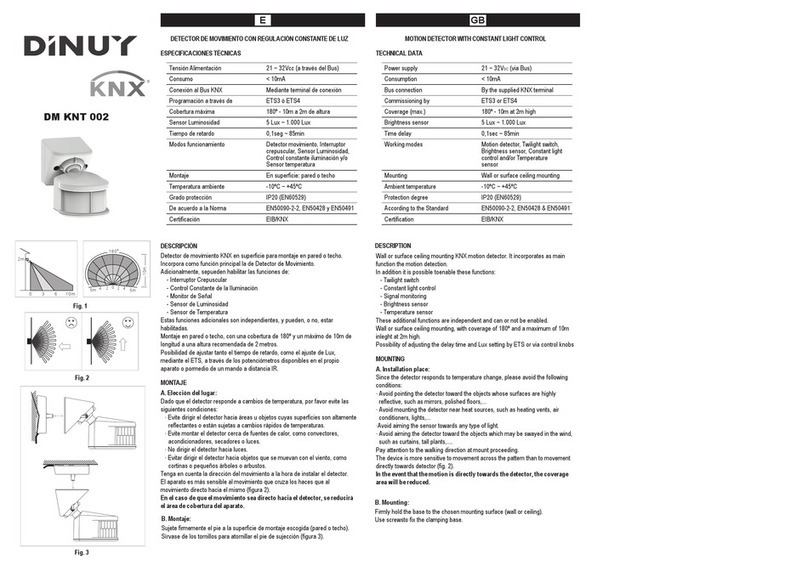
DINUY
DINUY DM KNT 002 quick start guide
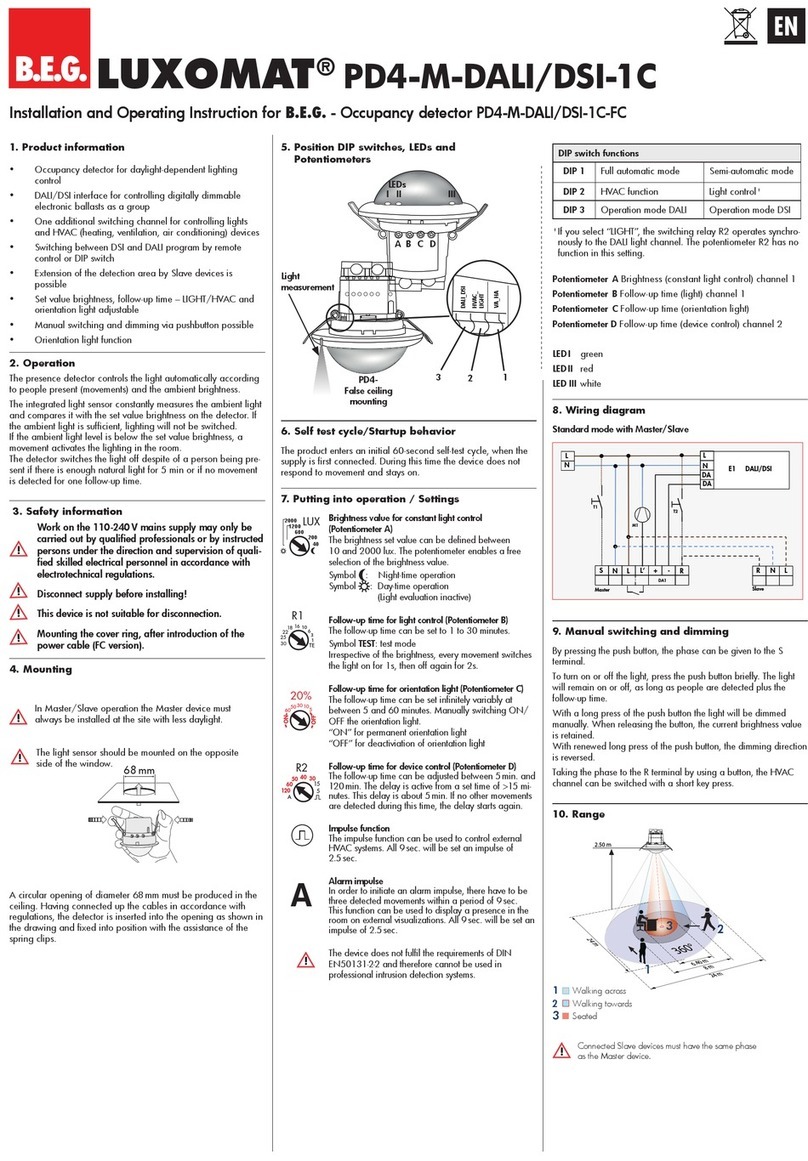
LUXOMAT
LUXOMAT PD4-M-DALI/DSI-1C-FC Installation and operating instruction
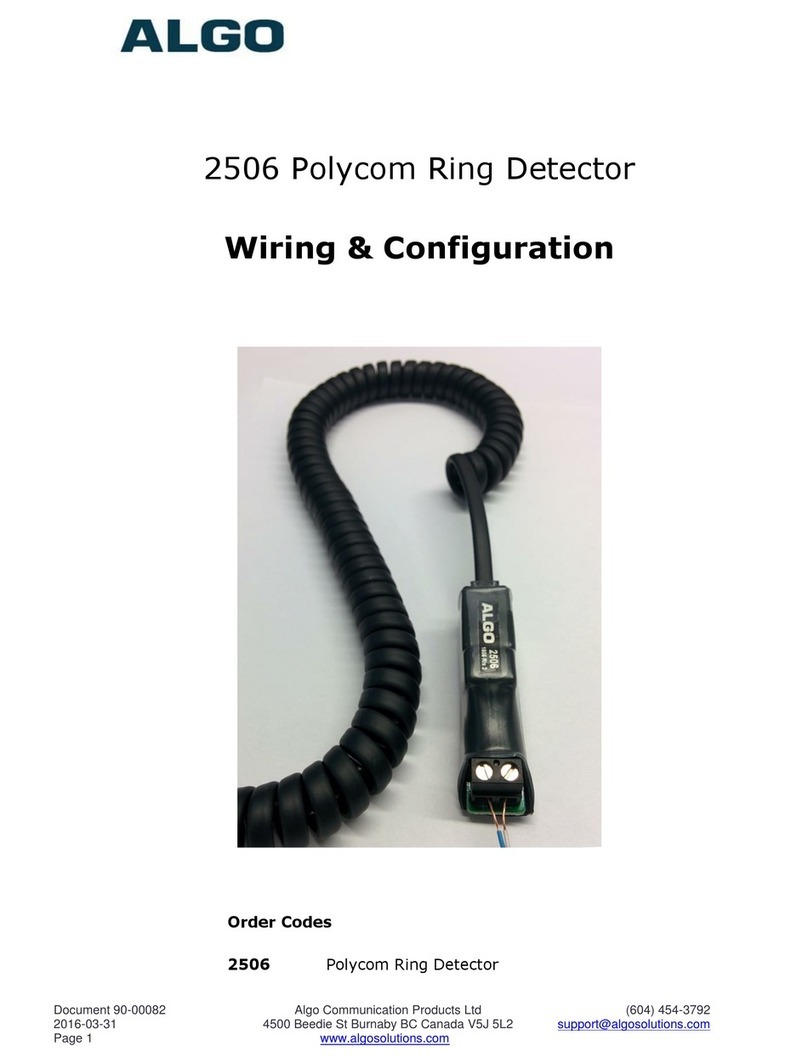
Algo
Algo 2506 Wiring And Configuration Guide

Erone
Erone SEF2410AV Installation Notice
